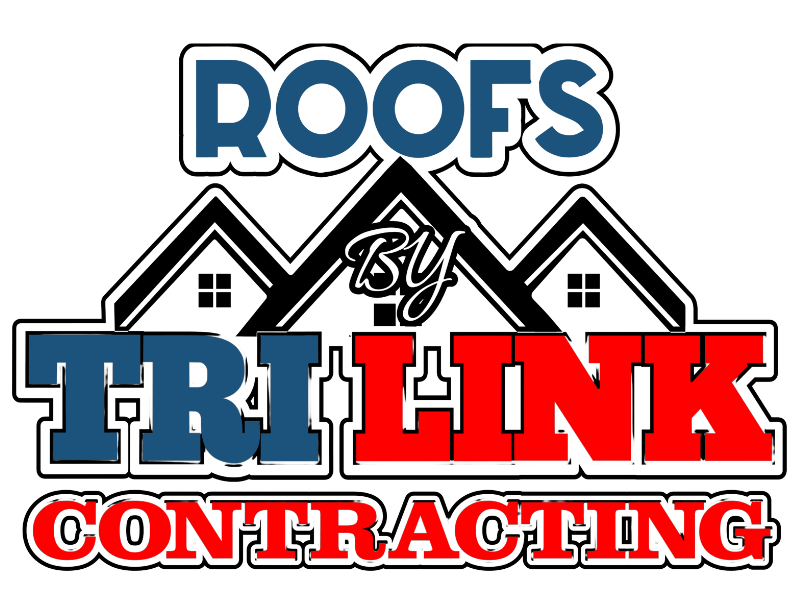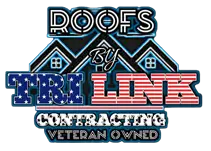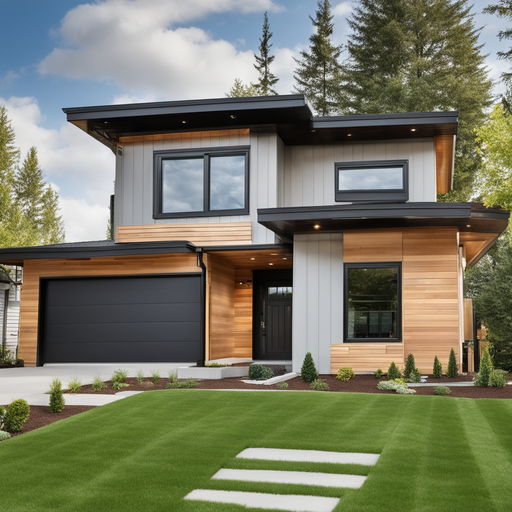The Cladding Crusade: Tidying Up the Tangle of Federal Siding Installation
Welcome to the entrancing world of siding! Did you know that proper siding installation can remarkably cut your energy bills down by up to 20%? The U.S. Department of Energy sure thinks so, and we can’t help but bear a ‘clad’ grin at the thought of such savings!
Understanding the ‘Cladding’ Situation
Federal Siding Installation, to put it simply, is the battle armor on your house. It’s more than a mere cosmetic add-on. It’s about providing your home with a protective shield against the wild and unpredictable elements of Mother Nature, while also keeping it warm and cozy inside (or cool and refreshing, as the season may dictate).
From the ‘residential siding installation’ perspective, it’s the fine line between comfort and calamity.
Keeping up with the Codes: Federal Building Regulations
The U.S. Department of Housing and Urban Development lays out the groundwork for Federal Siding Installation. From water resistance and fire safety to combatting the maddening gusts of wind, siding has to tick all the boxes.
If you’re residing by the coast, or in an area susceptible to bouts of hurricane fury, the Federal Emergency Management Agency (FEMA) stresses upon siding installation techniques with steadfast resilience to high winds and rogue debris.
Sheeting the Shield: Siding Material Choices
If you thought Federal Siding was just another name for ‘one-size-fits-all’, think again. Curb appeal matters, but so does durability and energy efficiency. Vinyl, wood, stucco, brick, stone, or metal, you have a whole arsenal of siding materials to choose from. After all, who said your fortress can’t be just as fashionable?
Calibrating Costs: Siding Installation Estimates
Federal Siding Installation doesn’t always have to break the bank. With a variety of material choices at your disposal, the costs can sway dramatically. The guiding principle here is not just the initial cost, but also future maintenance and repair expenses that might sneak up on you.
DIY or Pro: Siding Installation Contractors
To DIY or not to DIY, that is the question. Undeniably, a professional siding installation comes with a certain assurance of expertise and compliance with federal construction standards. Yet, if you are feeling adventurous, a ‘siding installation guide’ might provide the initial push towards transforming Siding Sunday into a family event.
Siding Maintenance Tips: The ‘Clad’ User Guide
No investment is truly worthwhile without proper maintenance. Your shiny new siding is no exception. Here are a few tips to keep your siding looking as glamorous as day one:
1. Regular Inspection for Damages
2. Clean Dust and Grime Periodically
3. Consider Annual Paint Jobs for Wooden Siding
4. Keep an Eye Out for Mold and Mildew
5. Ensure Proper Drainage Around Your House to Prevent Water Damage to Siding
FAQs About Federal Siding Installation
What are the Federal Siding Requirements?
Federal Siding Installation must adhere to local building codes and specific regulations concerning wind resistance, water resistance, and fire safety.
What are the Durable Siding Options?
Brick, fiber cement, and engineered wood are considered the most durable siding options often recommended for commercial siding installation. However, choices may vary depending on environmental conditions and personal preferences.
What are the Energy Efficient Siding Options?
Vinyl, fiber cement, and insulated siding options are generally more energy-efficient, contributing to lower heating and cooling costs.
Wrapping up this conversation about cladding, it’s evident that Federal Siding Installation is no laughing matter, albeit a ‘clad-ly’ amusing one. It demands the juggling of many balls – aesthetics, compliance, cost, resilience, and maintenance. But, fret not, with the right guide and expert assistance, siding doesn’t have to be a slippery slope. So go ahead, side with the feds, it’s a match made in housing heaven!





